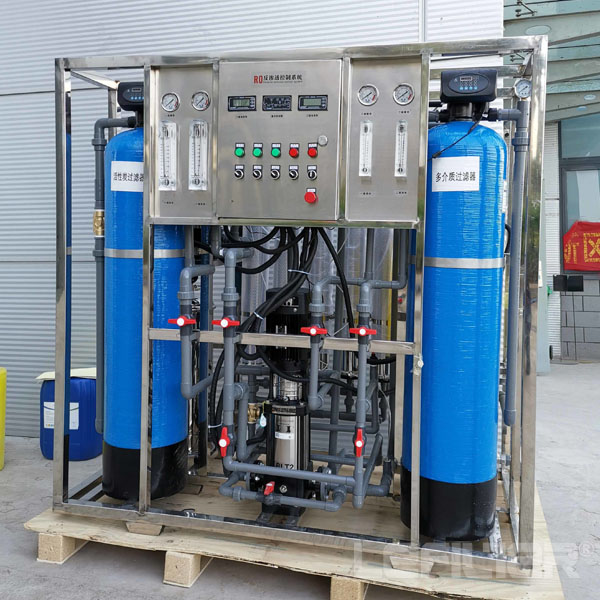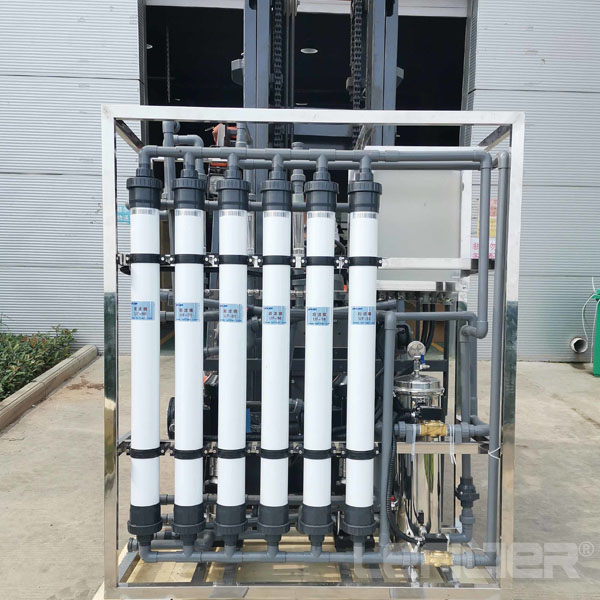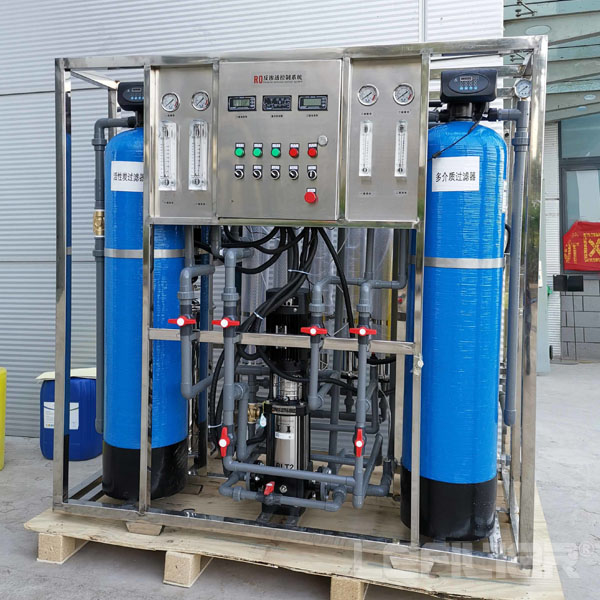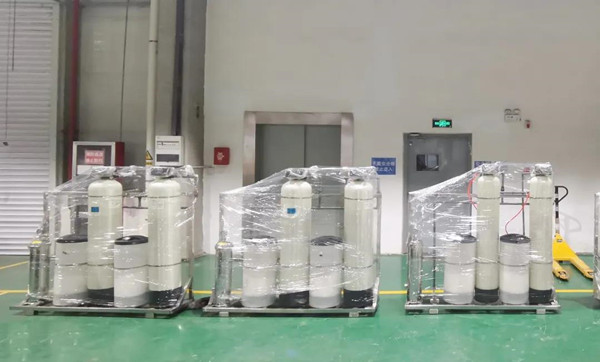2022-03-19

What is the difference between microfiltration, ultrafiltration, nanofiltration and reverse osmosis
Microfiltration (MF):
The filtration accuracy is generally 0.1-50 microns. Various common PP filter elements, activated carbon filter elements and ceramic filter elements belong to the category of microfiltration. They are used for simple coarse filtration to filter large particle impurities such as sediment and rust in water, but they can not remove harmful substances such as bacteria in water. The filter element usually cannot be cleaned. It is a disposable filter material and needs to be replaced frequently. ① PP cotton core: generally, it is only used for coarse filtration with low requirements to remove sediment, rust and other large particles in water. ② Activated carbon: it can eliminate the color and odor in the water, but it can not remove the bacteria in the water, and the removal effect of sediment and rust is also very poor. ③ Ceramic filter element: the filtration accuracy is only 0.1 micron. Usually, the flow is small and it is not easy to clean.
Ultrafiltration membrane (UF):
A microporous filter membrane with uniform pore size and rated pore size range of 0.001-0.02 microns. Ultrafiltration membrane is adopted, and the membrane filtration method driven by pressure difference is ultrafiltration membrane filtration. Ultrafiltration membranes are mostly made of acetate fiber or polymer materials with similar properties. It is suitable for the separation and concentration of solutes in the treatment solution. It is also commonly used for the separation of colloidal suspension which is difficult to be completed by other separation technologies. Its application field is expanding.
Membrane ultrafiltration driven by pressure difference can be divided into ultrafiltration membrane filtration, microporous membrane filtration and reverse osmosis membrane filtration. They are distinguished according to the small particle size or molecular weight that can be retained by the film. When the rated pore size range of membrane is taken as the distinguishing standard, the rated pore size range of microporous membrane (MF) is 0.02 ~ 10 μ m; Ultrafiltration membrane (UF) is 0.001 ~ 0.02 μ m; Reverse osmosis membrane (RO) is 0.0001 ~ 0.001 μ m。 There are many factors controlling pore size. For example, ultrafiltration membranes with different pore size and pore size distribution can be obtained according to the type and concentration of solution during membrane preparation, evaporation and coagulation conditions.

Nanofiltration (NF): the filtration accuracy is between ultrafiltration and reverse osmosis, and the desalination rate is lower than reverse osmosis. There was a popular saying in the market that nanofiltration is a loose reverse osmosis. In fact, this is a misleading technical concept.
Nanofiltration in the concept of real separation is a filter membrane that meets the Daonan effect and has selective rejection of ions. It is a membrane whose sodium chloride transmittance is directly proportional to the sodium chloride concentration and the ratio is greater than 0.4. It is mainly used for desalination and concentration of various feed liquids. The rejection rate of 0% NaCl was obtained by nanofiltration membrane test under the condition of mixing NaCl with other kinds of ions at the concentration of 30000 ppm. Under the condition of pure 30000 ppm NaCl solution. The rejection rate of NaCl by nanofiltration membrane is 5% - 15%. When the concentration of NaCl is lower than 30000 ppm or even lower, the rejection rate of NaCl in nanofiltration membrane is more than 15%. The actual rejection rate of NaCl and other salts by nanofiltration membrane mainly depends on the composition of influent and membrane properties
Reverse osmosis (RO): the filtration accuracy is about 0.0001 μ m. It is an ultra-high precision membrane separation technology using differential pressure developed in the United States in the early 1960s. It can filter out almost all impurities in water (including harmful and beneficial) and only allow water molecules to pass through. It is generally used in the manufacture of purified water, industrial ultrapure water and pharmaceutical ultrapure water. Reverse osmosis technology requires pressurization and power on.
Ro is the abbreviation of reverse osmosis membrane in English, which means reverse osmosis in Chinese. Because the pore size of RO membrane is five millionths (0.0001 micron) of hair, it is generally invisible to the naked eye, and bacteria and viruses are 5000 times larger than it. Therefore, only water molecules and some mineral ions beneficial to human body can pass through, and other impurities and heavy metals are discharged from waste water pipes. All seawater desalination processes, And the recovery and treatment of astronaut wastewater.

